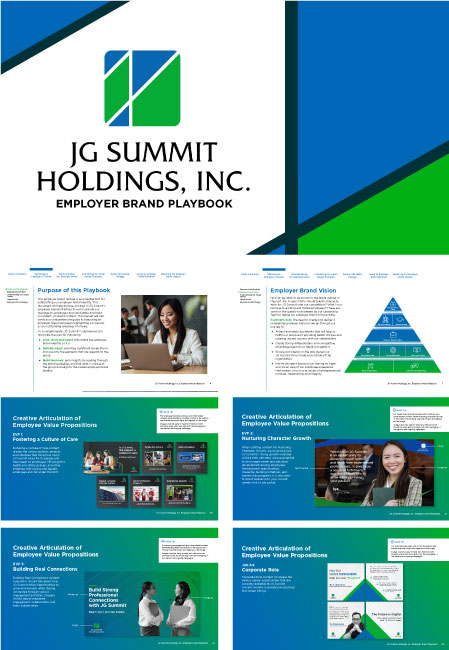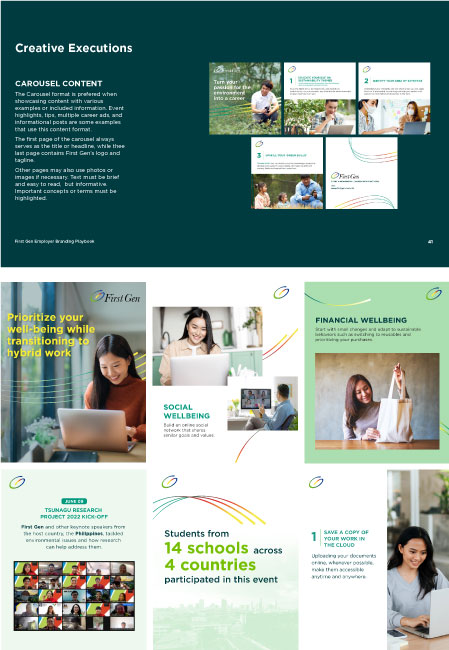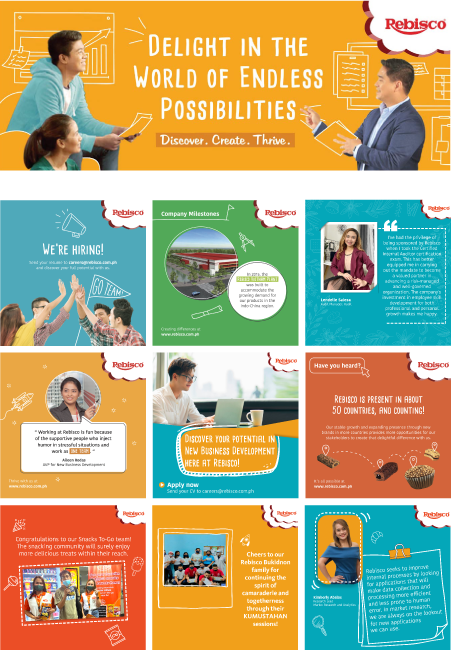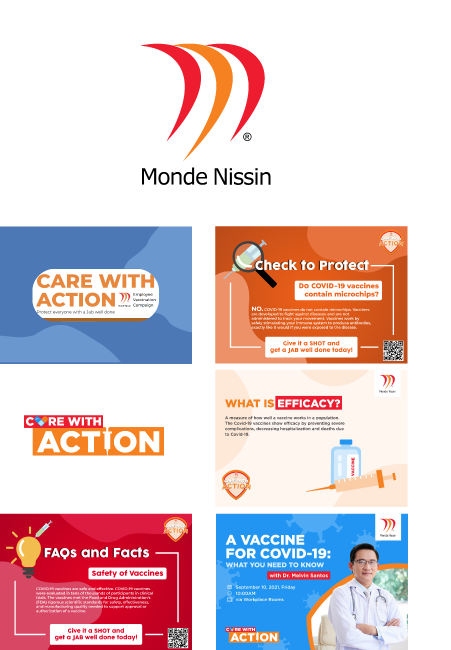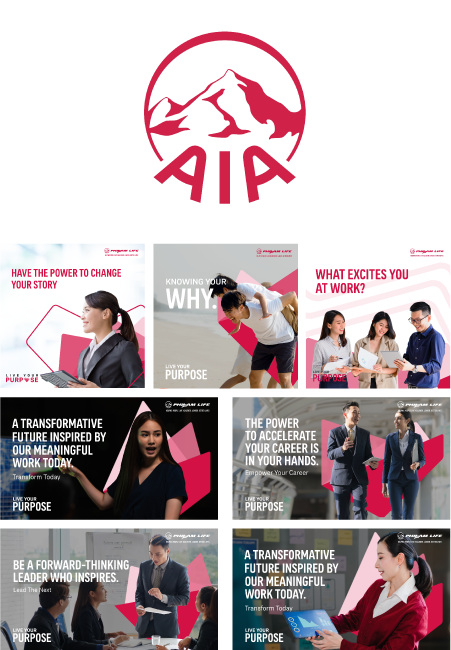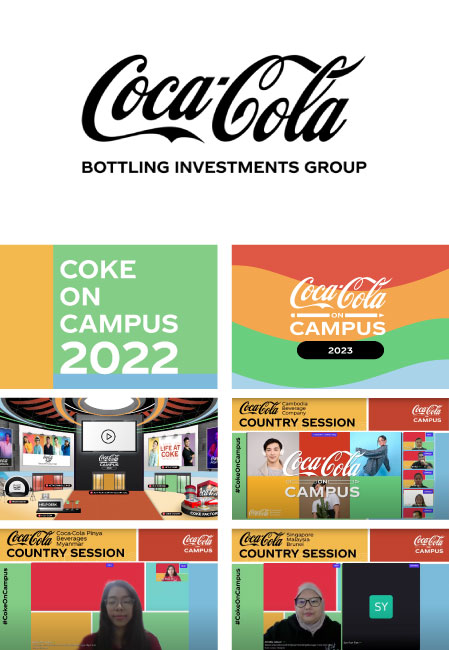The new Employee Experience in a post-pandemic world
To be truly successful in a post-pandemic market, business leaders need to ensure company policies empower employees and put people first. Here’s why.
Before COVID, 70% of companies either had a digital transformation strategy in place or were working on one.1 A year into the pandemic, we wanted to examine how companies - and their transformation journeys - had been affected.
In particular, we were interested in exploring how ideas of a ‘new normal’ of work were becoming more complicated, more nuanced, and evolving into something that might never be ‘normal’ again. A world of work that relies on communication, learning, working together, staying connected and building workplace culture - all while working remotely.

How do you focus on workplace culture in a hybrid working world?
Employee experience in a post-pandemic world
The pandemic brought about a kind of chaos that no one could have predicted. But it also presents opportunities for a number of industries. Many business leaders are beginning to recognize that they can accelerate digital transformation and improve company culture by putting Employee Experience at the top of their agendas.
Here are some of these Employee Experience trends for 2021 and beyond.
The focus on Employee Experience isn’t a revolutionary trend. But the increase in remote working throughout the pandemic transformed it from a professional experience at a place of business to a personal experience at home.
Organizations now need to look at supporting employees in their whole lives, rather than just their experience at work. In the State of the Sector 2021 Report, Gallagher highlights a shift from focusing on digital strategies to what it calls the 'people agenda.'
Here are three key areas where we've seen employee expectations change.
Three-quarters of employees expect their employer to take a stance on current societal or cultural issues, and these expectations have intensified over the last year. It's no longer enough for companies to stay under the radar without having an opinion on the societal and cultural debates of the day.
The "Employee Experience" should account for personal factors such as family responsibilities or personal interests. For instance, the impact of the pandemic has disproportionately affected women's employment. When we can account for an employee's circumstances, we remove unnecessary stressors and people are better able to commit their whole self to work. Make sure benefits are relevant to the person - one size fits all is no longer enough.
Most agree that hybrid working is here to stay. As a result, employers need to find ways to adapt their long-term onboarding and employee engagement strategies. Supporting and enabling employees to build culture in a hybrid workplace irrespective of where they choose work will be critical. And so will ensuring that remote workers feel a sense of cultural belonging from the outset without as many in-person touchpoints.
Let’s look at each of these in a little more detail.

Video is a useful way to help remote and hybrid teams build workpace culture
Creating a shared sense of purpose and community
Employees want to work for a company that aligns with their values and believe they work for a company that does some good in the world.
This sense of purpose and community enables employees to make a meaningful impact and identify with your organizational values and mission. These employees also report better outcomes at work and in life.2
Communicate your position on important societal and political issues regularly to give people the confidence and the space to see the good they can do in their day-to-day contributions at work.
Here are two ways to do it.
Meet your employees where they are and give them context
How? By focusing on leadership transparency and encouraging leadership to have an authentic voice (and to use it. Enable them to demystify what's going on inside the organization and give employees visibility about how leadership responds when important topical events are going on.
Secondly, you should shine a spotlight on your company strategy. Do it early, do it often. Allow employees to be part of your company strategy early so they engage with it and feel "in the know" before you release it to the market.
Make it easy for employees to find their tribe
Organize your resources. Make sure there are hubs where employees can easily find relevant programs and resources that help to drive inclusion.
And then over-communicate. Encourage leaders to run regular Town Hall meetings and Q&As. Showcase and sell these events as a real opportunity for employees to hear first-hand the latest news and opinions.
Create space for communities by setting online groups, chats, or regular meeting slots that help to connect people who share the same identity and that support people working from home.
Redefining Benefit Packages
There's a new way to understand your employee needs. Benefits and "perks" don't only refer to Dental and Medical insurance, and what constitutes an employee benefit now encompasses a lot more. To ensure you're providing the proper support, check in with people regularly to understand what's important to them.
Mental and emotional well-being is an area to focus on. By March 2020, 68% of organizations had introduced at least one new wellness benefit to help employees navigate the pandemic.3 We’re seeing companies increasingly prioritize employee mental health in the same way they’ve historically provided for physical health.
Demystify the benefits package
Empower the HR function and encourage them to cascade information and field questions on the benefits offerings to ensure employees make informed decisions about their benefit elections
But above all, make your benefits information discoverable. Store and curate your benefits offerings on an accessible platform in an accessible format. Update it regularly. Signpost it for people to encourage them to provide feedback and boost engagement.
See it from the employee viewpoint
Do people care about your benefits? Have you asked them? Check on how employees feel about the benefits package and reate a safe space to have those conversations.
Collect and use the feedback you recieve. Run regular surveys to discover information about the type of benefits package your employees want. Then give it to them.
Making managers accountable is a great way to achieve this. Encourage managers to check in on a 1:1 basis, collect feedback about benefits sentiment, and encourage people to take time off or take advantage of other benefits that help avoid burnout.
Flexible Working
Flexible working has evolved dramatically over the last few years, but it's still considered a perk by many organizations. When the pandemic hit, employers closed workplaces and enabled employees to work remotely - sometimes for the very first time.
Fast forward 18 months, and while some organizations are preparing to move people back into business premises, many more are embracing the new hybrid model.
For those organizations, the definition of a flexible working policy has also evolved. Many business leaders now recognize that flexibility improves performance. According to Gartner, when employees have some choice over where, when, and how much they work, 19% more employees achieve 'high performer' ratings.4
Allow employees autonomy to determine their own working schedule
That all starts by encouraging open conversations. Be transparent about employee options. Let people express a preference for how and where they work - and the tools they use to get it done.
The shift to remote working was challenging. So will the move to hybrid workplaces. Give managers the tools and skills they need to lead remote teams.
And be clear about the purpose of each tool and system. Encourage leaders to emulate the behavior and ways of working you want to see. So if you advocate for 'no-video meeting' days, for instance, make sure managers set the example.
This article first appeared in Workplace Blog:
https://www.workplace.com/blog/employee-experience-post-pandemic
Get the "Building Connected Organizations: Why Work Isn't Working" E-book


TalentView is a leader in employer branding strategy, design and technology. With teams across the ASEAN region, TalentView’s professional solutions help to create memorable experiences across the talent lifecycle to attract, engage and retain talent. Working directly with business leaders in Fortune 1000 companies, TalentView is well-positioned to provide talent insights and is an accredited partner of key global players including Workplace from Facebook, Talegent, Indeed, Hootsuite, Digimind and PhoenixATS.
Copyright © TalentView Asia, 2021 | Privacy Policy






